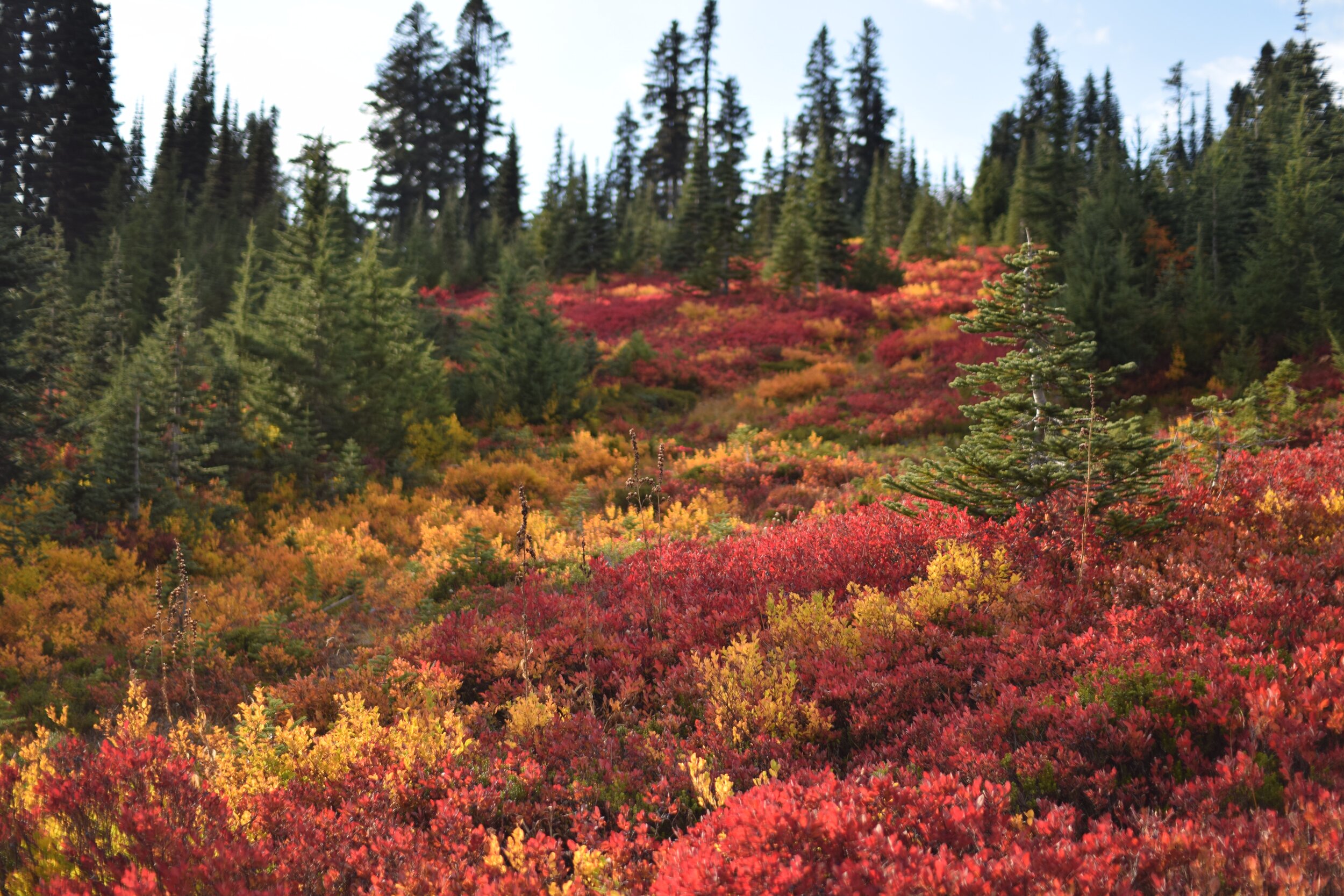Earth Day Turns 50
Today, April 22, 2020, marks the 50th anniversary of Earth Day. The idea for an annual celebration of our planet was inspired by the student protests against the Vietnam War. Gaylord Nelson, a Wisconsin senator at the time, saw an opportunity to use the same spirit of the anti-war movement to promote the nation’s already-emerging environmental awareness and push environmental protection policies.
The date of the event, April 22, was chosen because it fell between spring break and finals. This celebration was created in the spirit of students, and as students, it’s our responsibility to keep that spirit going, well beyond the 50-year mark.
Let’s take a look at how Earth Day has evolved over the years.
1970: Twenty million Americans participated in the first Earth Day through marches, protests and educational demonstrations. That means 10% of the nation’s population showed their support for environmental activism and policy. The environment proved to be an uniting issue. The year ended with the creation of the U.S. Environmental Protection Agency and the Clean Air Act. Not far behind were the Clean Water Act in 1972 and the Endangered Species Act in 1973.
1990: The 20th anniversary of Earth Day elevated it to a global scale, spanning 141 countries and involving 200 million people, according to the Earth Day Network. In a press release about Earth Day 1990, then-Administrator of the EPA, William Reilly said promoting recycling and using less “toxics,” such as perchloroethylene and methylene chloride, in the home and workplace were high priorities. This global celebration was followed by the 1992 United Nations Earth Summit in Rio de Janeiro, which laid out Agenda 21, a plan that called all nations to contribute to protecting the planet.
2000: The new millennium saw the celebration spread to 184 countries, with 5000 different environmental groups taking part. Three years earlier, carbon emissions from fossil fuels had been acknowledged by world leaders as the leading cause of global warming. This influenced Earth Day 2000’s campaign, which centered on global warming and clean energy. Thousands of people gathered in the National Mall for a day of speeches and music led by Leonardo DiCaprio. President Bill Clinton announced new policies to help reduce global warming.
2010: The 40th anniversary also brought environmental demonstrators to the National Mall, this time for a Climate Rally organized by the Earth Day Network. The global celebration spanned 190 countries and involved more than a billion people. At this time, the environmental movement was facing pushback from climate change deniers and lobbyists for fossil fuels, among others. Corporate responsibility and energy efficiency were among the focal points of this year’s campaign. The 40th anniversary also marked the introduction of the Earth Day Network’s tree-planting program, the Canopy Project, in which each one-dollar donation equals one tree planted.
2020: Earth Day has grown from a student-inspired national celebration to an annual global phenomenon. Like many organizations, the Earth Day Network has had to adjust to new social distancing regulations. Its solution: a virtual global celebration. EARTHRISE is a 24-hour environmental movement that aims to spread powerful performances, educational teach-ins and international conversations digitally.
Without the ability to gather, it’s easy to believe that we’re on our own, but Earth Day serves to remind us that we are not alone by uniting us in a common goal: protecting our planet. Today, we celebrate a half-century of progress and efforts to protect the environment. The next 50 years are up to us.
Photos by Jacqueline Knox and Daniel Jones
Art by Lauren Head











